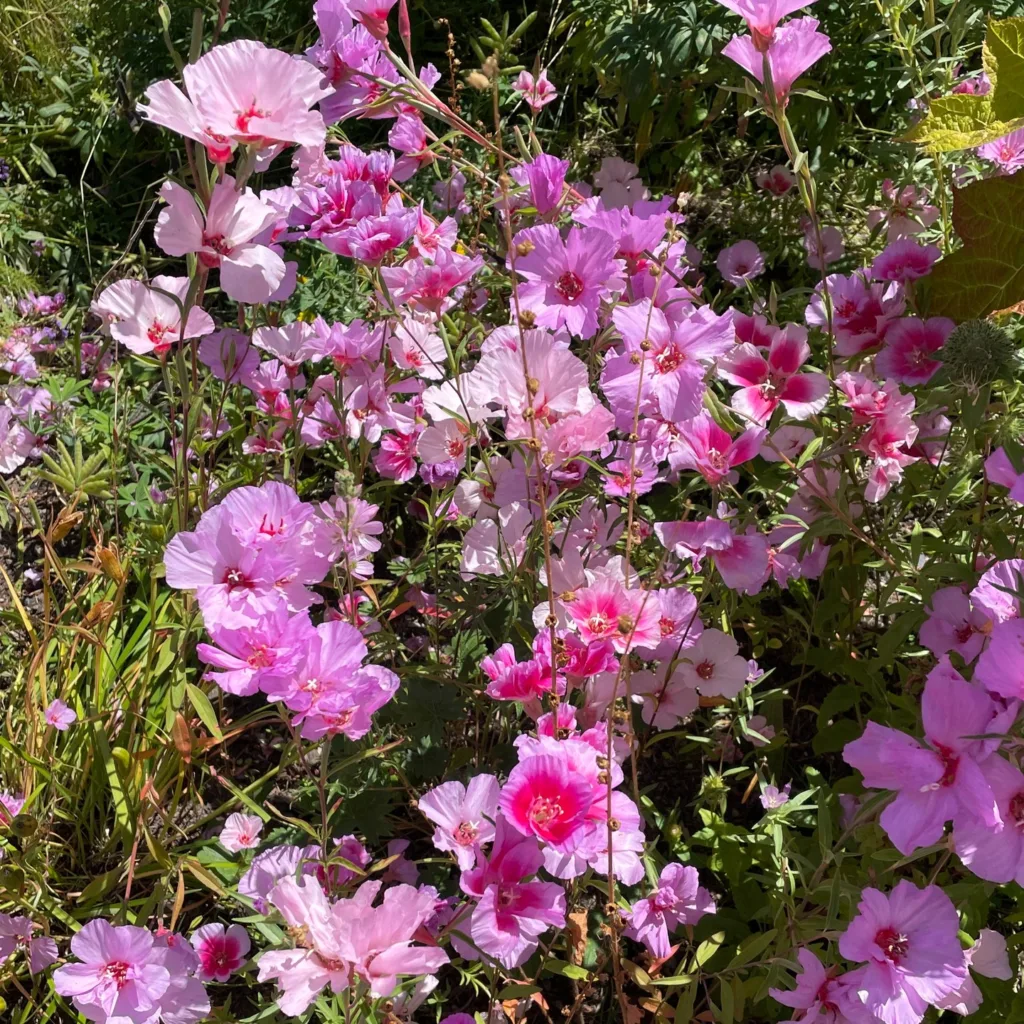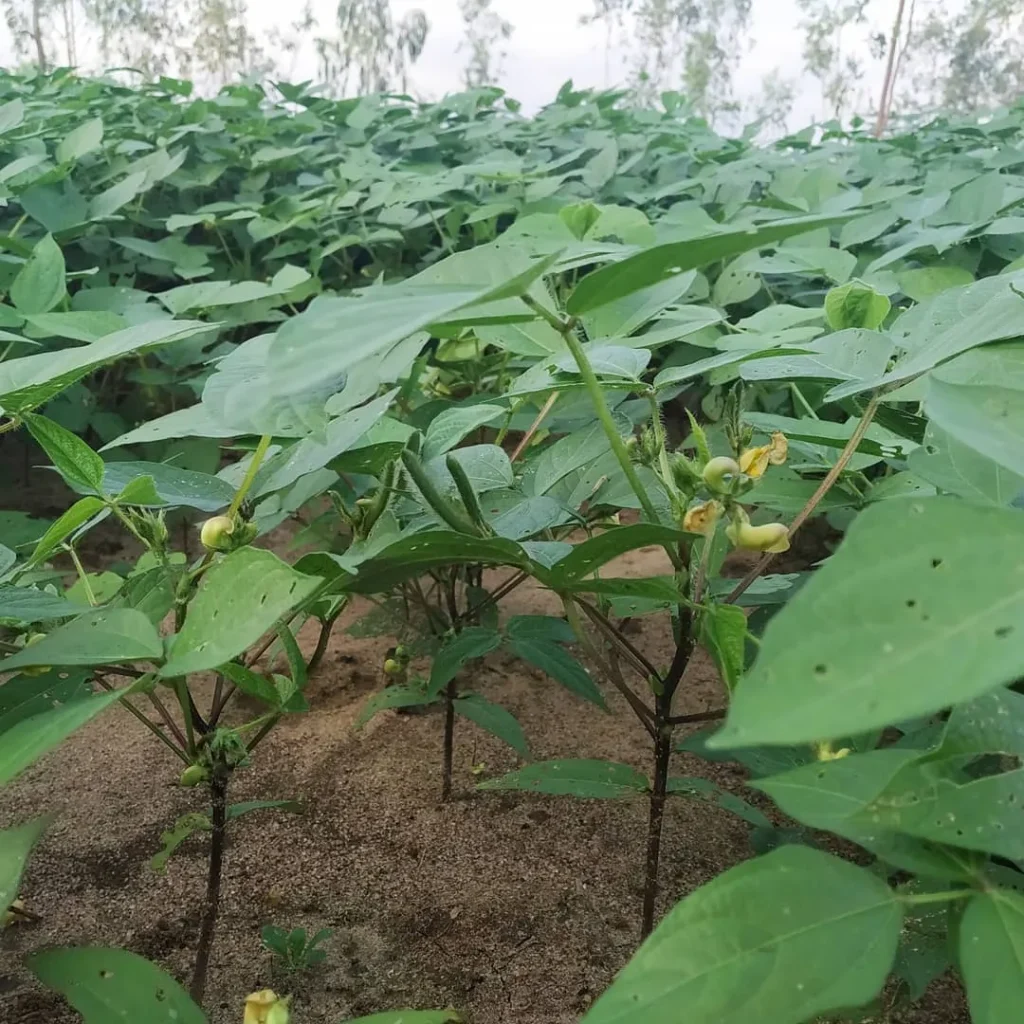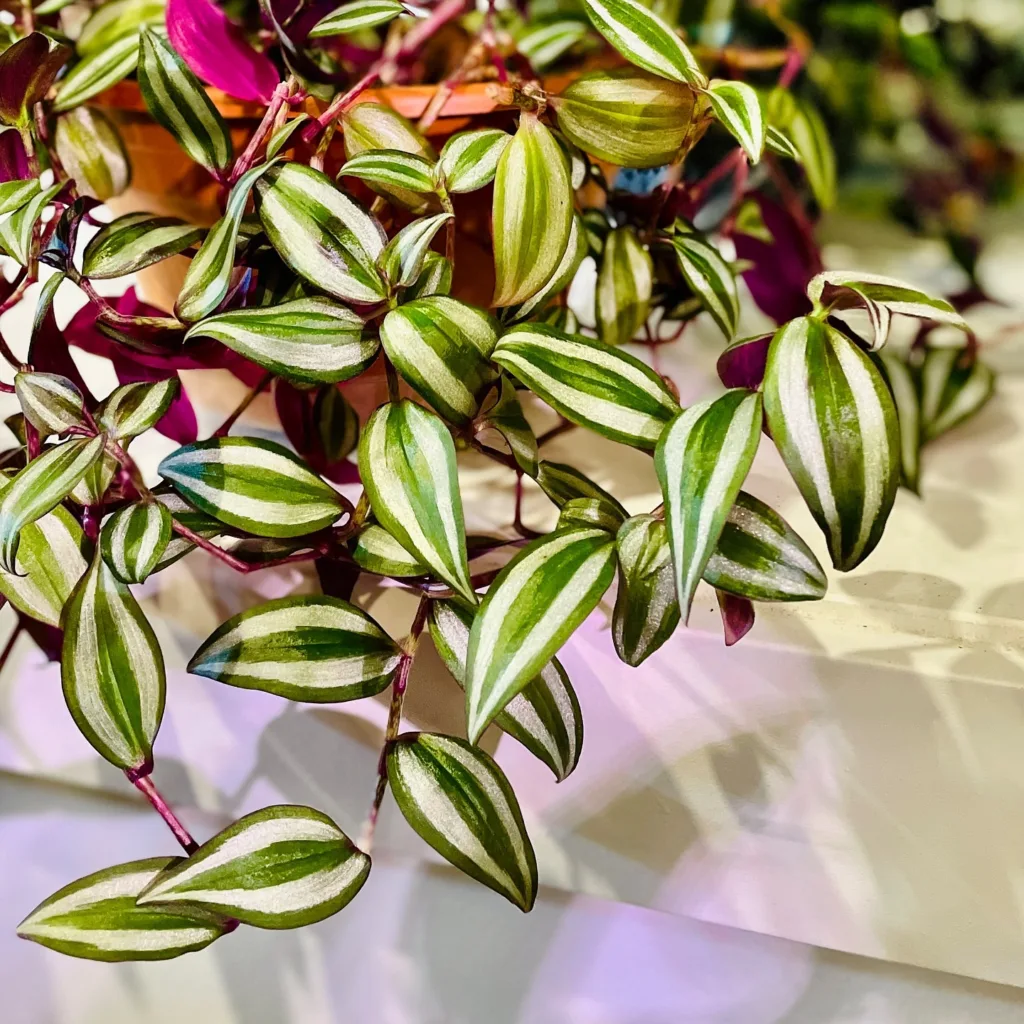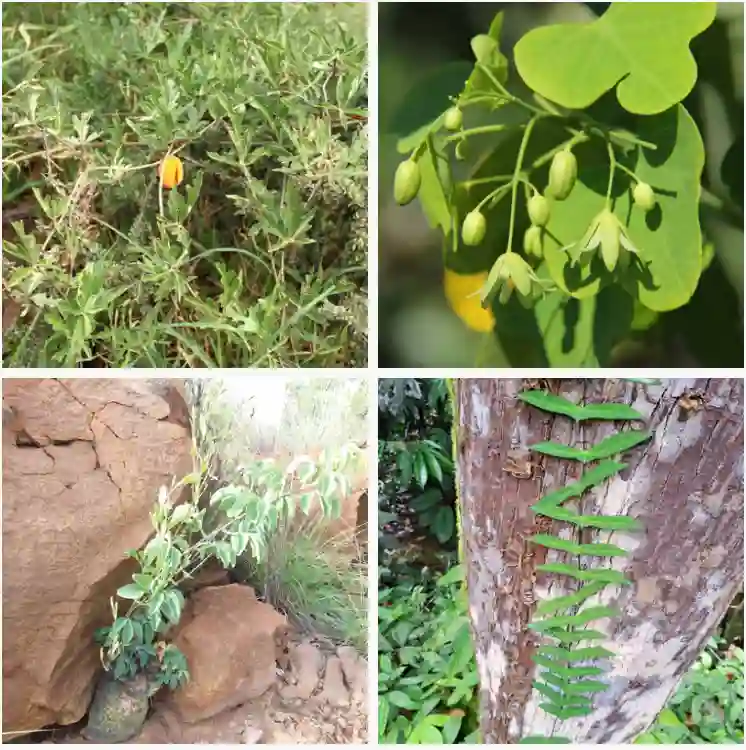Unveiling the Aromatic World of Myristicaceae: A Personal Exploration
As a passionate botanist, I, Ferb Vu, find myself endlessly fascinated by the intricate tapestry of the plant kingdom. One particular family that has captured my attention is the Myristicaceae, a group renowned for its aromatic spices and unique botanical characteristics. In this personal exploration, I will delve into the captivating world of Myristicaceae, sharing my knowledge and insights about this remarkable plant family.
A Family of Fragrant Spices
The Myristicaceae family is most celebrated for its production of nutmeg and mace, two of the world’s most beloved spices. Nutmeg, derived from the seed of the Myristica fragrans tree, boasts a warm, sweet, and slightly nutty flavor that has been cherished for centuries. Mace, the aril surrounding the nutmeg seed, offers a more delicate and floral aroma, complementing the robust notes of nutmeg. These spices have been used in culinary traditions across the globe, adding depth and complexity to a wide array of dishes.
Beyond Nutmeg and Mace: A Diverse Family
While nutmeg and mace are undoubtedly the stars of the Myristicaceae family, there is much more to discover within this diverse group. The family encompasses approximately 20 genera and around 500 species, distributed across tropical regions of the world. These plants exhibit a range of growth habits, from towering trees to scrambling shrubs and lianas. Many members of the Myristicaceae family possess distinctive features, such as their leathery leaves, fragrant flowers, and fleshy fruits.
Genera of the Myristicaceae Family
The Myristicaceae family boasts a rich tapestry of genera, each with its own unique characteristics and contributions to the botanical world. Let’s explore some of the notable genera within this fascinating family:
- Myristica: This genus is home to the iconic nutmeg tree (Myristica fragrans), a source of both nutmeg and mace.
- Knema: This genus comprises a diverse group of trees and shrubs, many of which produce aromatic fruits and seeds.
- Gymnacranthera: Members of this genus are known for their distinctive fruits, which often split open to reveal brightly colored seeds.
- Horsfieldia: This genus encompasses a variety of trees, some of which yield edible fruits or timber.
- Virola: This genus is recognized for its resinous trees, which have been used traditionally for various purposes.
- Bicuiba J.J.de Wilde
- Brochoneura Warb.
- Coelocaryon Warb.
- Compsoneura (DC.) Warb.
- Doyleanthus Sauquet
- Endocomia W.J.de Wilde
- Haematodendron Capuron
- Iryanthera (A.DC.) Warb.
- Mauloutchia Warb.
- Neobrochoneura Figueiredo & Gideon F.Sm.
- Osteophloeum Warb.
- Otoba (DC.) H.Karst.
- Paramyristica W.J.de Wilde
- Pycnanthus Warb.
- Scyphocephalium Warb.
- Staudtia Warb.
Ecological Importance and Conservation Concerns
The Myristicaceae family plays a vital role in the ecosystems it inhabits. Its members provide food and shelter for a variety of animals, including birds, mammals, and insects. Additionally, the aromatic compounds produced by these plants contribute to the overall biodiversity of their environments.
However, the Myristicaceae family faces several conservation challenges. Deforestation, habitat loss, and overexploitation threaten the survival of many species within this group. It is crucial to implement sustainable practices and conservation efforts to protect these valuable plants and ensure their continued presence in our natural world.
A Personal Fascination
As I continue to explore the botanical wonders of our planet, the Myristicaceae family remains a source of endless fascination for me. Its aromatic spices, diverse members, and ecological significance make it a truly remarkable group of plants. Through my personal exploration, I hope to inspire others to appreciate the beauty and complexity of the Myristicaceae family and to join in the efforts to conserve these invaluable botanical treasures.
Note: The list of genera provided above is not exhaustive, as the Myristicaceae family encompasses a wide range of diverse members.
If i die, water my plants!



